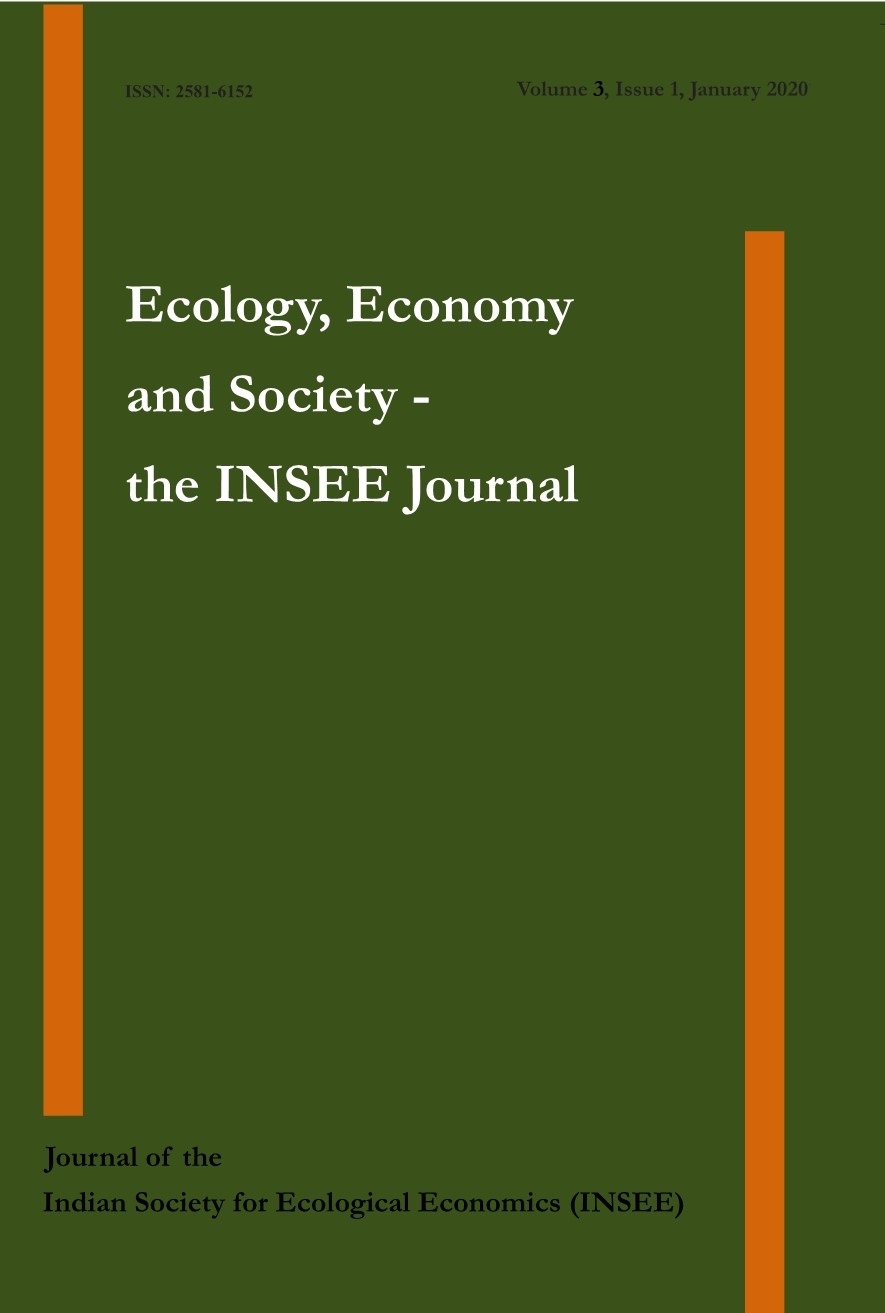Soil Conservation in a Watershed:
Institutional Alternatives
DOI:
https://doi.org/10.37773/ees.v3i1.87Abstract
The private, collective and public nature of soil quality in a watershed provides three different institutional alternatives for watershed management: individual, collective and government action. This study reviews the success and failure of these alternatives in different parts of the world. Individual action by a farmer is driven by the net present value of farm profit and the resale value of the agricultural land. However, individual action for soil conservation remains sub-optimal due to the presence of negative externality and the short-run income loss to the farmer. Many government and development agencies have designed several mechanisms such as collective and government actions to internalise the externality. However, not all these alternative initiatives have been successful in ensuring successful management of soil quality in a watershed.
Downloads
Additional Files
How to Cite
Issue
Section
License
Copyright (c) 2020 Chandan Singha

This work is licensed under a Creative Commons Attribution-NonCommercial 4.0 International License.
Copyright
The author(s) retain copyright on work published by INSEE unless specified otherwise.
Licensing and publishing rights
Author(s) of work published by INSEE are required to transfer non-exclusive publishing right to INSEE of the definitive work in any format, language and medium, for any lawful purpose.
Authors who publish in Ecology, Economy and Society will release their articles under the Creative Commons Attribution NonCommercial 4.0 International (CC BY-NC 4.0) license. This license allows anyone to copy and distribute the article for non-commercial purposes provided that appropriate attribution is given.
For details of the rights that the authors grant users of their work, see the "human-readable summary" of the license, with a link to the full license. (Note that "you" refers to a user, not an author, in the summary.)
The authors retain the non-exclusive right to do anything they wish with the published article(s), provided attribution is given to the Ecology, Economy and Society—the INSEE Journal with details of the original publication, as set out in the official citation of the article published in the journal. The retained right specifically includes the right to post the article on the authors’ or their institution’s websites or in institutional repositories.
In case of re-publishing a previously published work, author may note that earlier publication may have taken place a license different from Creative Commons. In all such cases of re-publishing, we advise the authors to consult the applicable licence at article level.








 Ecology, Ecoomy and Society--the INSEE Journal is a society run diamond Open Access and Scopus indexed journal.
Ecology, Ecoomy and Society--the INSEE Journal is a society run diamond Open Access and Scopus indexed journal.